Japanese tea ceremonies, known as chanoyu have centuries of cultural tradition. Central to this tradition is the chawan or tea bowl.
Let's explore the significance of imperfect tea bowls, exploring their history, types, and cultural implications within the chanoyu practice.
Historical Roots and the Influence of Sen Rikyū
During the Momoyama period (1573–1615) the Japanese tea ceremony underwent significant transformations under the guidance of Sen Rikyū, the renowned tea master whose teachings emphasized simplicity.
Rikyū pioneered an aesthetic called wabi-sabi, celebrating the beauty of imperfection. This philosophy profoundly influenced ceramic arts, leading potters to embrace irregularities in form and natural imperfections, as artistic expressions.
The Emergence of Imperfect Beauty
In the past, ceramics aimed for uniformity and perfection. However, under the influence of wabi-sabi tea bowls shifted to intentionally feature irregular shapes, uneven glaze distributions and visible marks from the hand-crafted process.
These imperfections came to symbolize authenticity, individuality, and the nature of life, resonating deeply with Zen Buddhist teachings.
One notable figure in the evolution of tea bowl aesthetics was Raku Chōjirō the founder of Raku ware. His approach during the Momoyama period used raku firing techniques that resulted in unpredictable yet captivating outcomes.
Raku bowls are often characterized by their rough textures and unique shapes. They quickly became synonymous with the ideals of wabi-sabi.
Varieties of Imperfect Bowls
Several distinct types of tea bowls emerged, each with its own unique aesthetic attributes and imperfections celebrated in tea ceremonies:
Raku Tea Bowls: Known for their earthy colors and soft textures, Raku bowls feature spontaneous glaze effects and irregular shapes from rapid raku firing techniques. The unpredictability of this process ensures that no two bowls are exactly alike.
Hagi Ware: Originating from the town of Hagi, these bowls exhibit subtle crackling glazes and porous textures, gradually changing in appearance over time as they absorb tea residues (a phenomenon highly cherished by tea connoisseurs).
Mino Tea Bowls: Produced primarily in Gifu prefecture, Mino bowls, such as those of Seto ware or Oribe ware often feature striking glaze patterns, intentional distortions, and asymmetrical designs. These elements echo the spontaneity valued in the chanoyu tradition.
Kyo-Yaki: Originating from Kyoto, Kyo-Yaki bowls often display glazing techniques with irregular edges and intentional imperfections.
Symbolism and Cultural Significance
In Japanese aesthetics, the tea bowl’s imperfections symbolize deeper cultural values. Imperfections represent honesty, transparency and humility, inviting participants of the tea ceremony to embrace authenticity and relinquish the pursuit of perfection.
Wabi-sabi philosophy, deeply intertwined with Zen Buddhism, promotes mindfulness and contemplation of life's fleeting moments. Tea ceremony practitioners find spiritual enrichment in engaging with these imperfect vessels.
Collecting and Appreciating Imperfect Tea Bowls
Collectors around the world value Japanese tea bowls for their artistic and symbolic significance, often seeking specific attributes such as glaze type, shape irregularities, and historical provenance. Bowls created by celebrated artisans such as Honami Kōetsu command high esteem, appreciated not only for their craftsmanship but also for their embodiment of the wabi-sabi aesthetic.
Glazing techniques further enhance the uniqueness and value of tea bowls. Ash glaze, iron glaze, and celadon glaze each create distinctive appearances. Celadon glaze, imparts a serene, jade-like quality, while iron glaze produces dramatic contrasts and subtle variations in texture and color.
Imperfection as Artistic Expression
The artistic expression in tea ceremony extends beyond mere aesthetics. The practice of kintsugi repairing broken ceramics with lacquer mixed with powdered gold, silver, or platinum, is an embodiment of this philosophy. Rather than concealing fractures, kintsugi emphasizes them, celebrating the object's history and resilience.
Conclusion: Embracing Imperfection in Daily Life
By embracing imperfection, we learn to value authenticity. The tea bowl becomes a powerful metaphor for the human experience, imperfect yet profoundly beautiful.





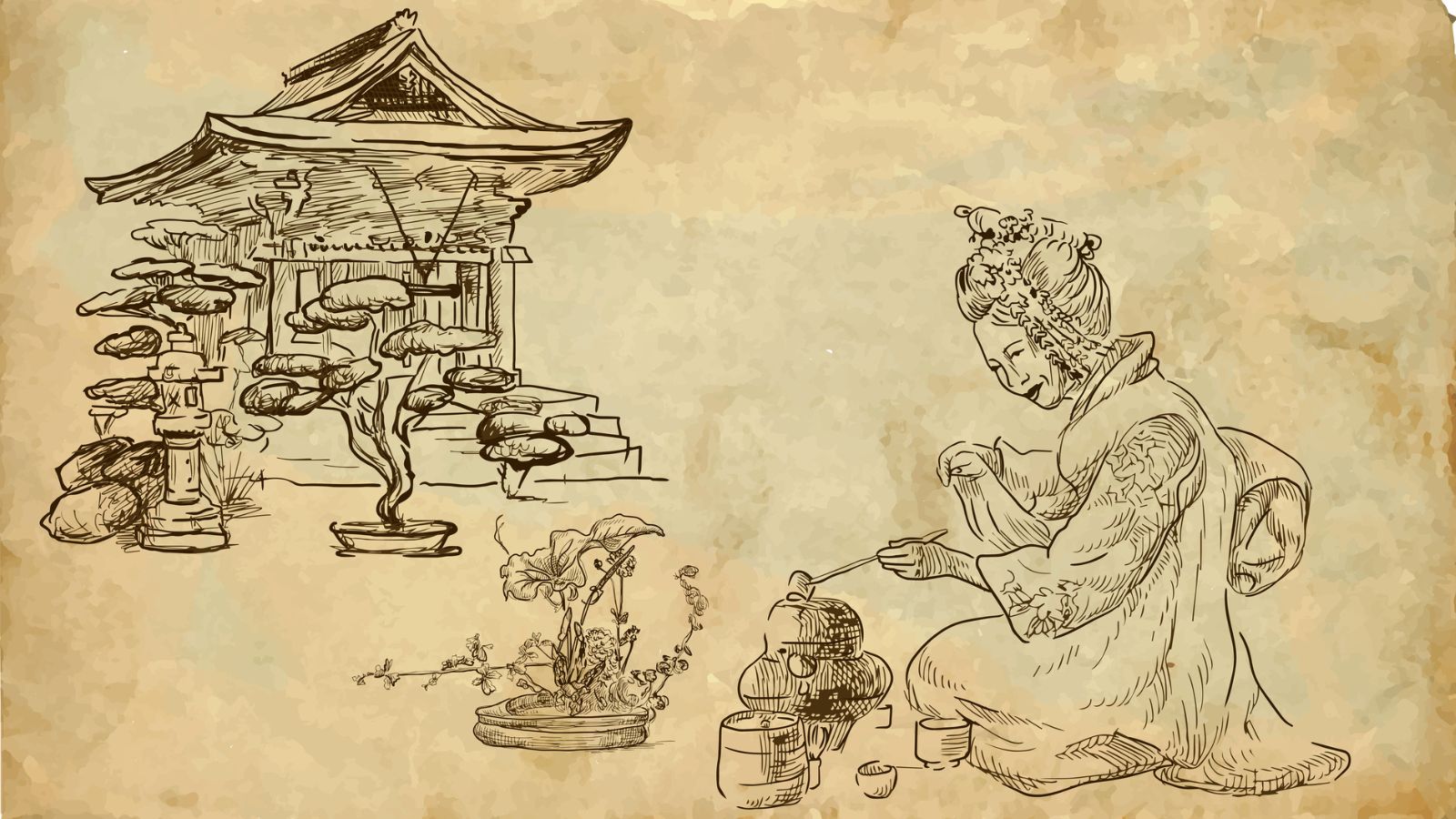
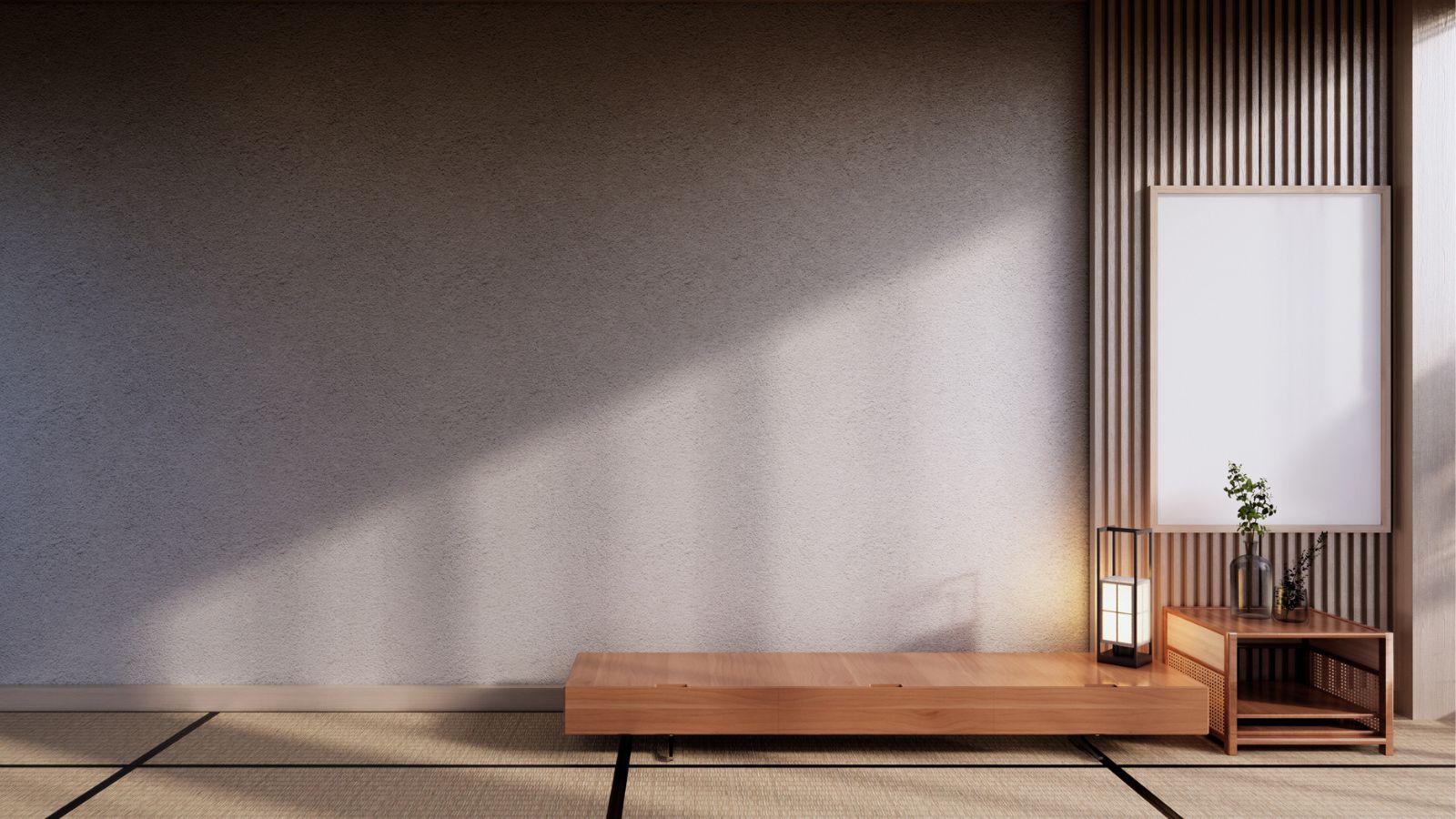

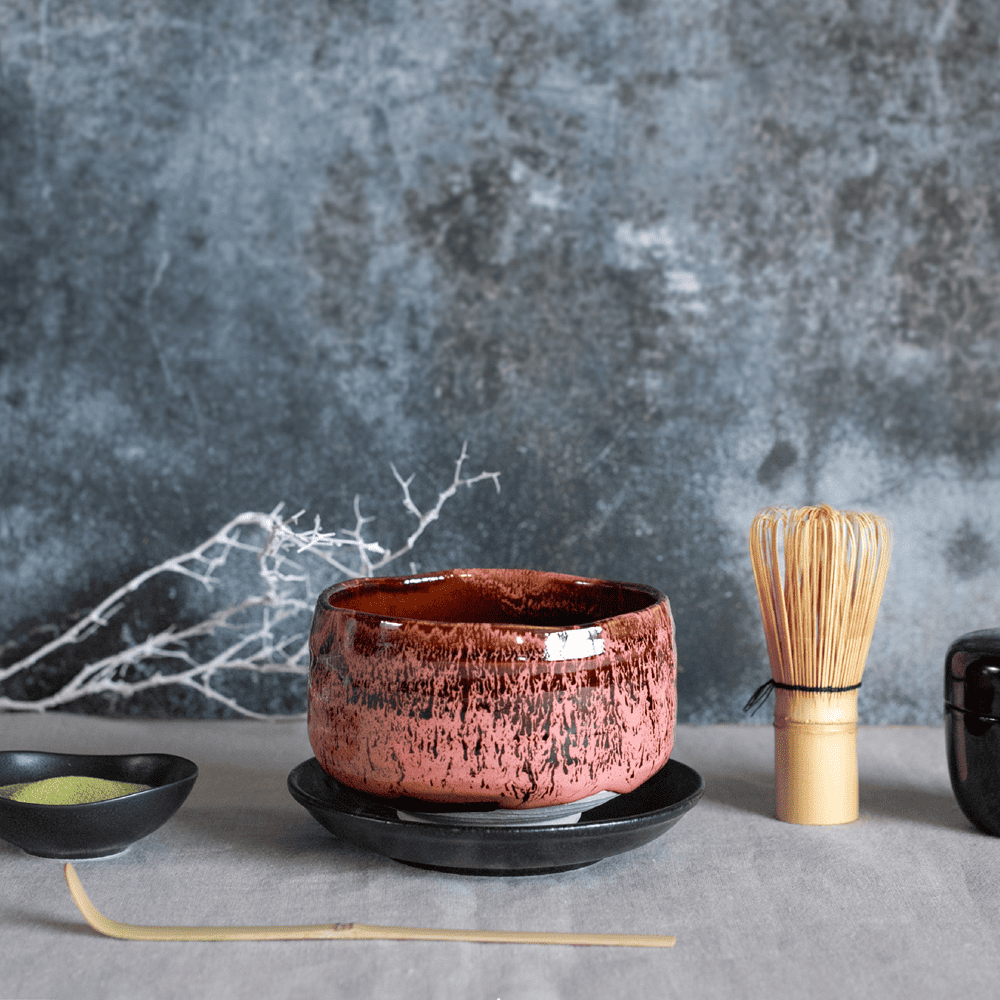
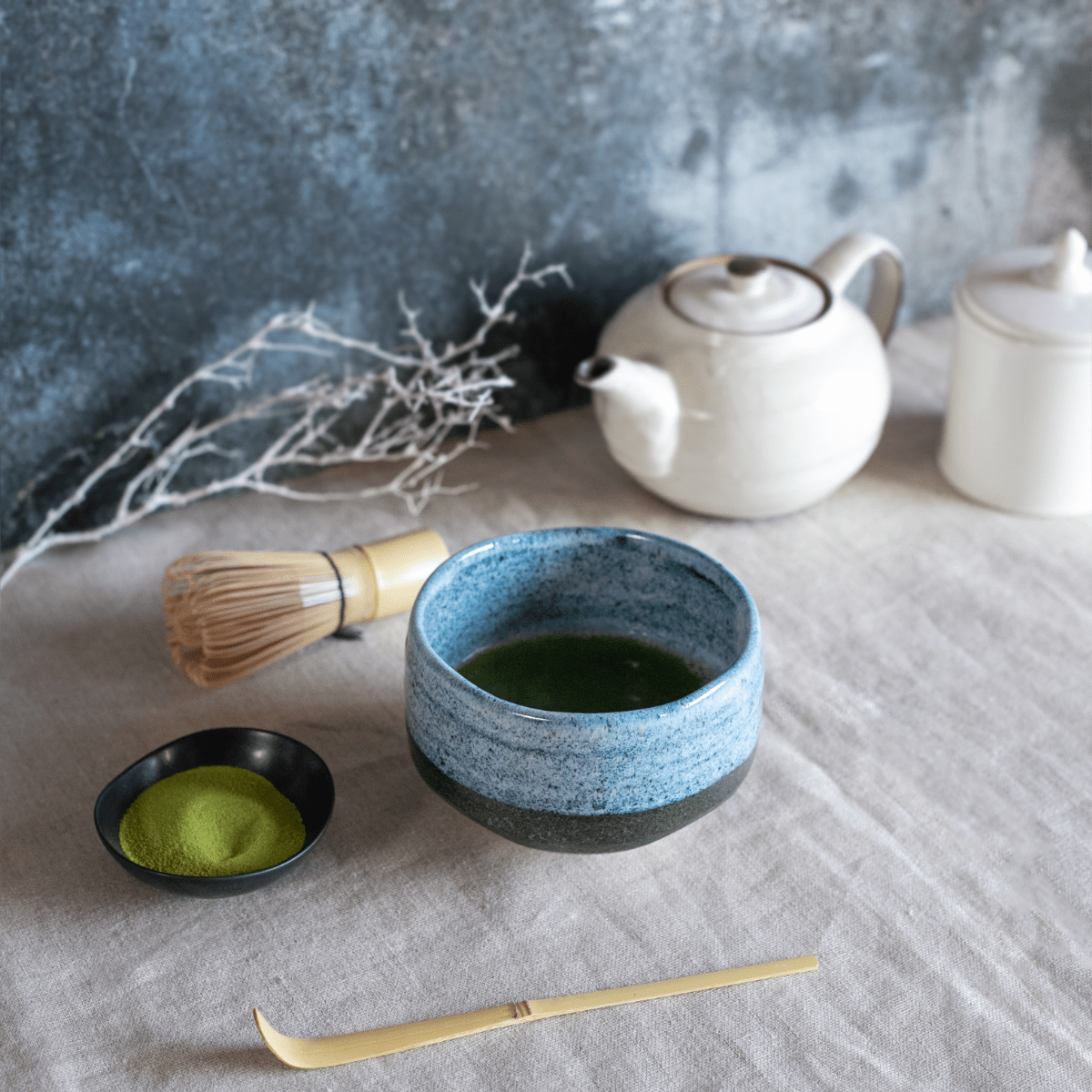
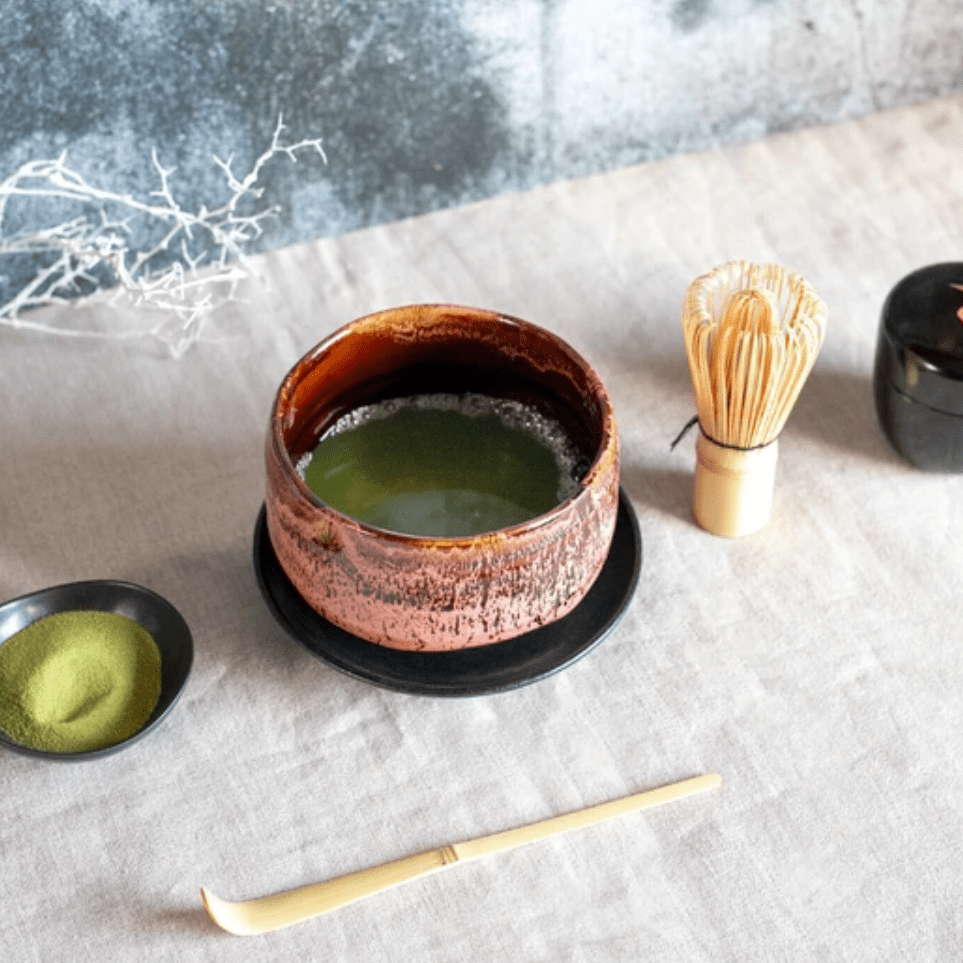
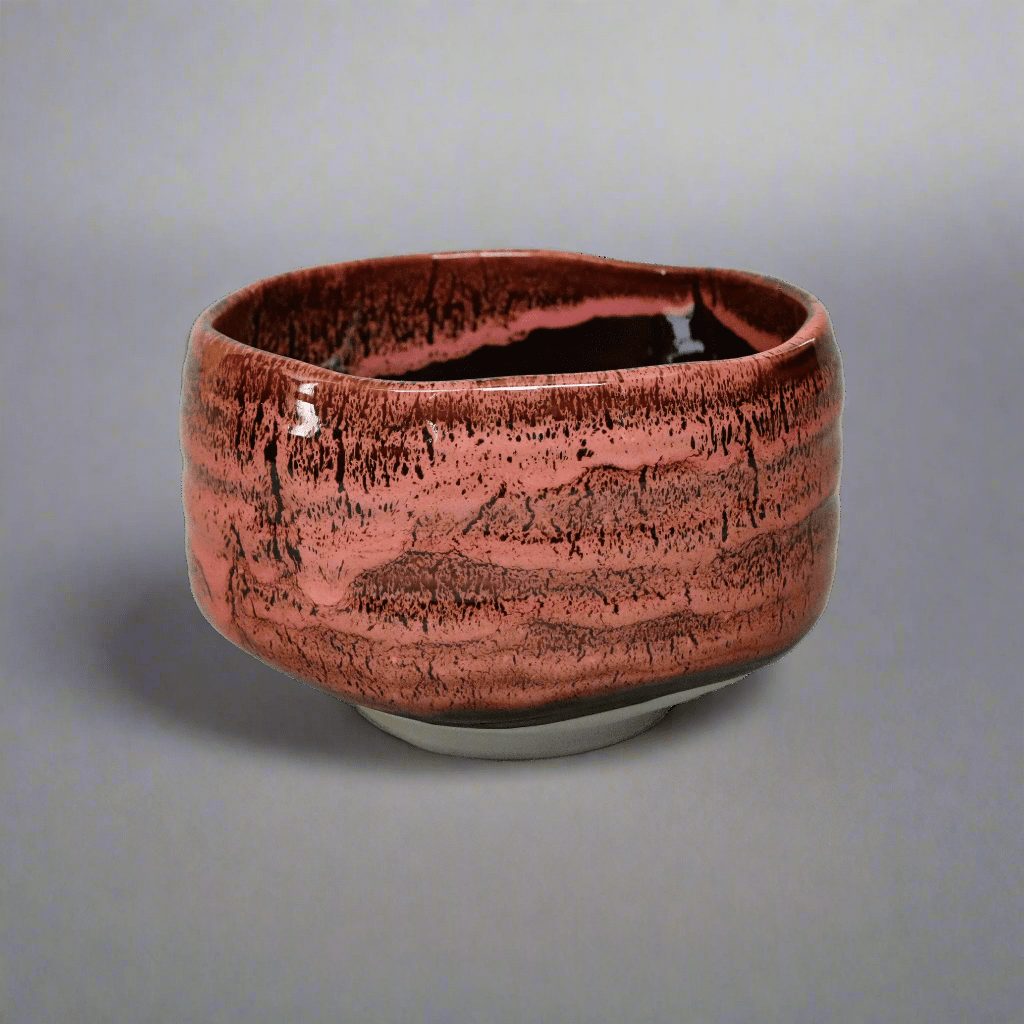
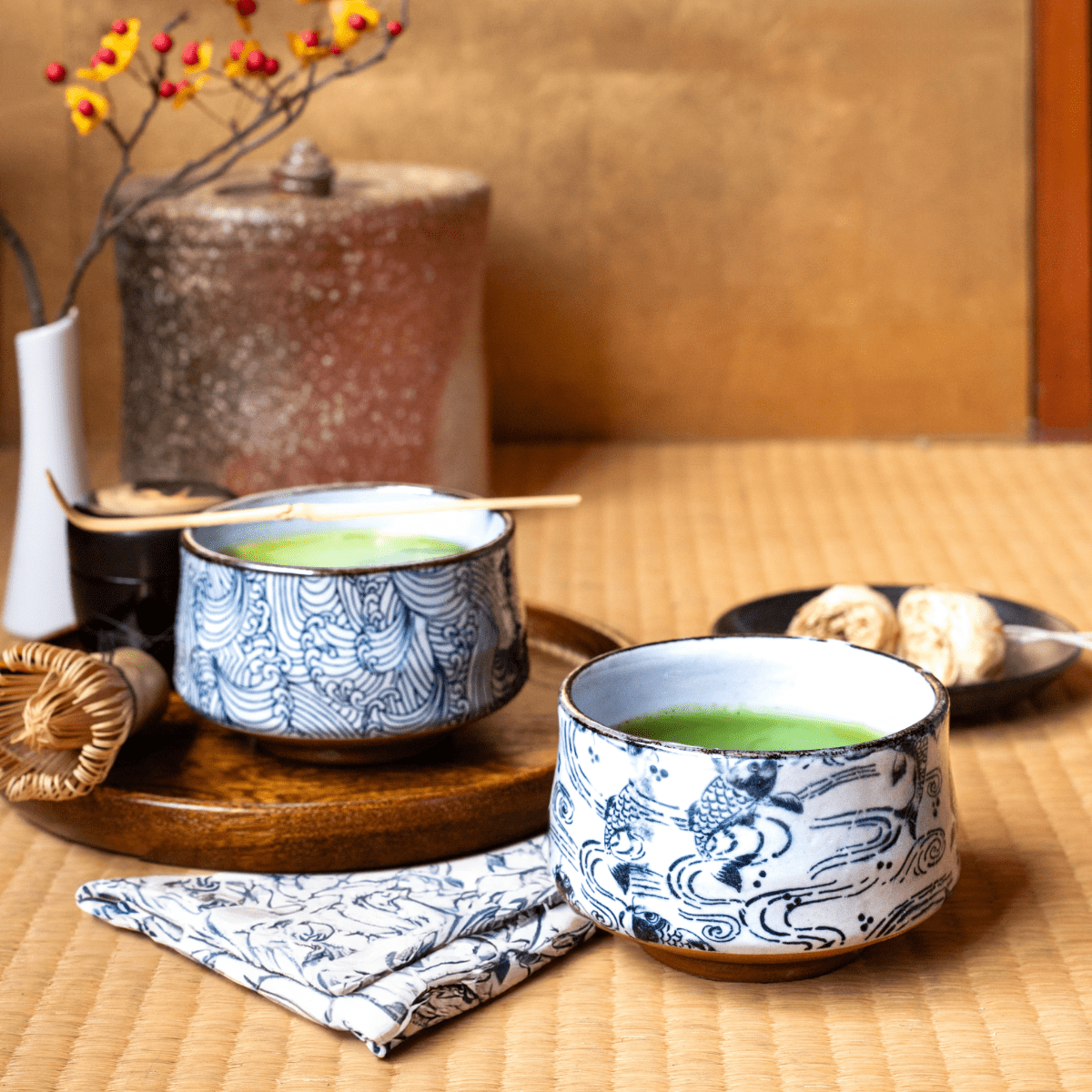
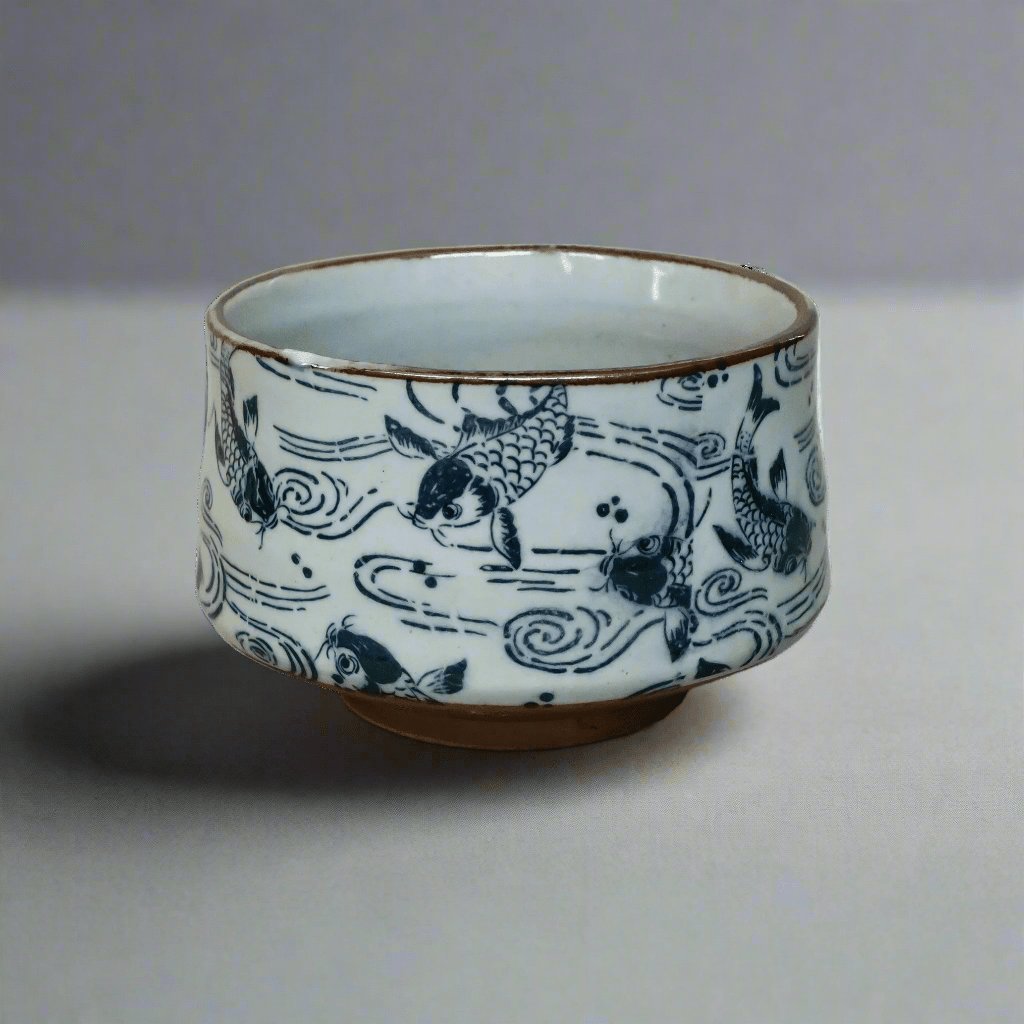
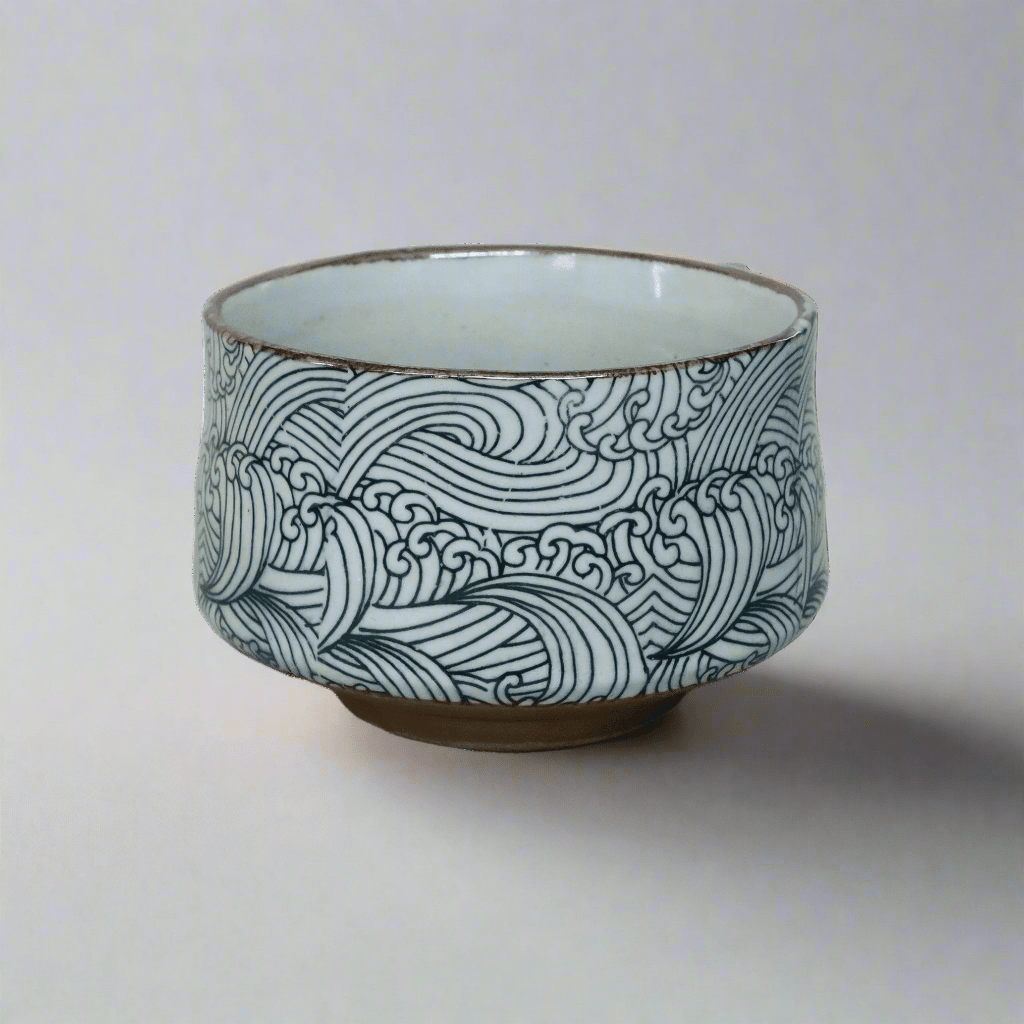
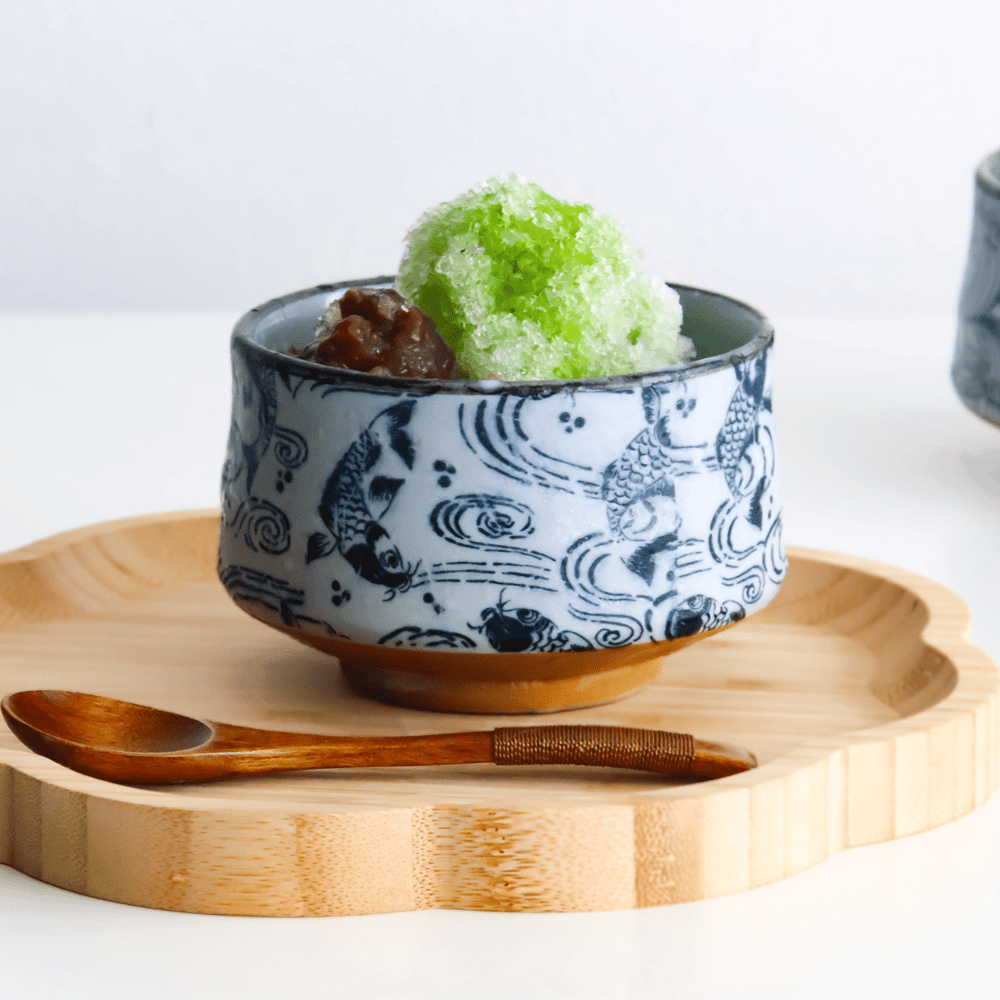
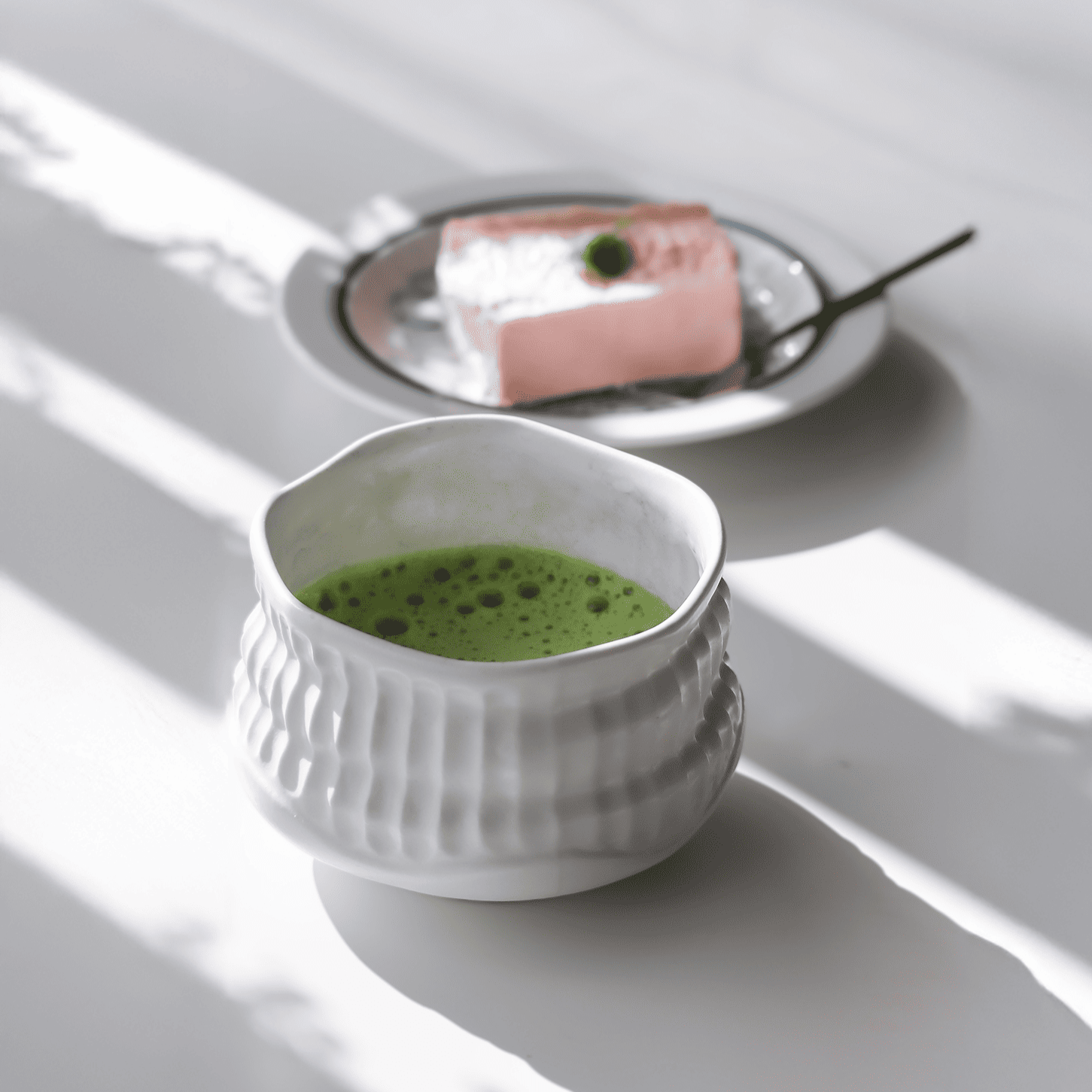
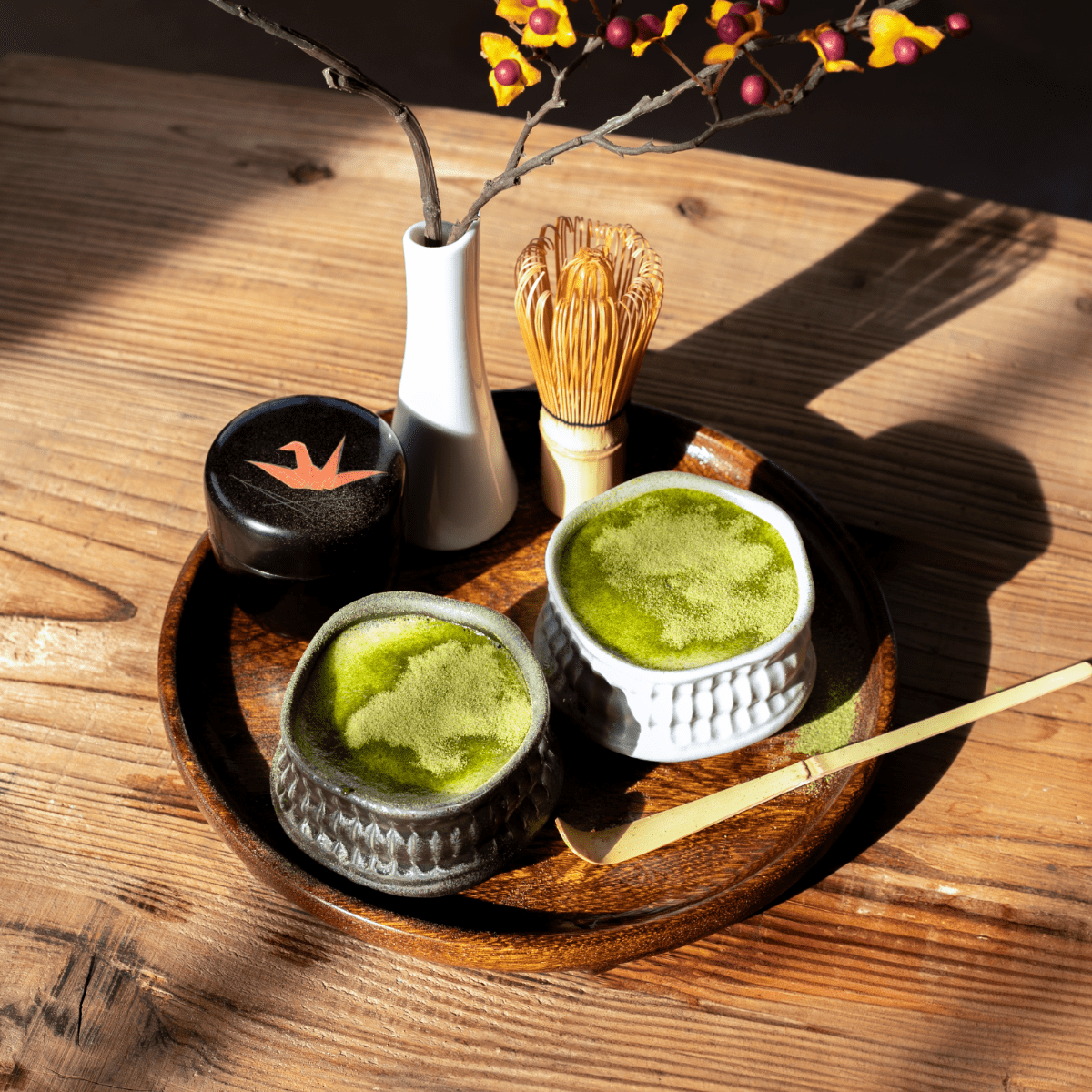
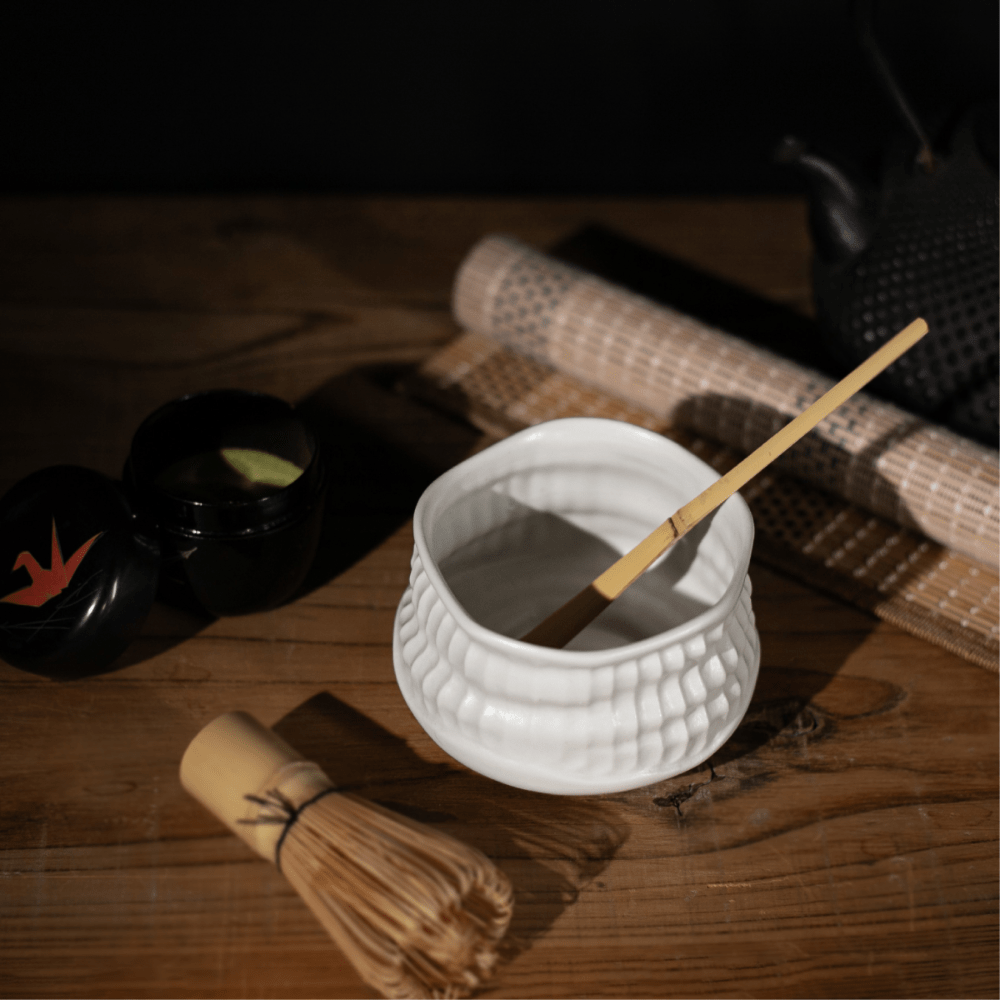
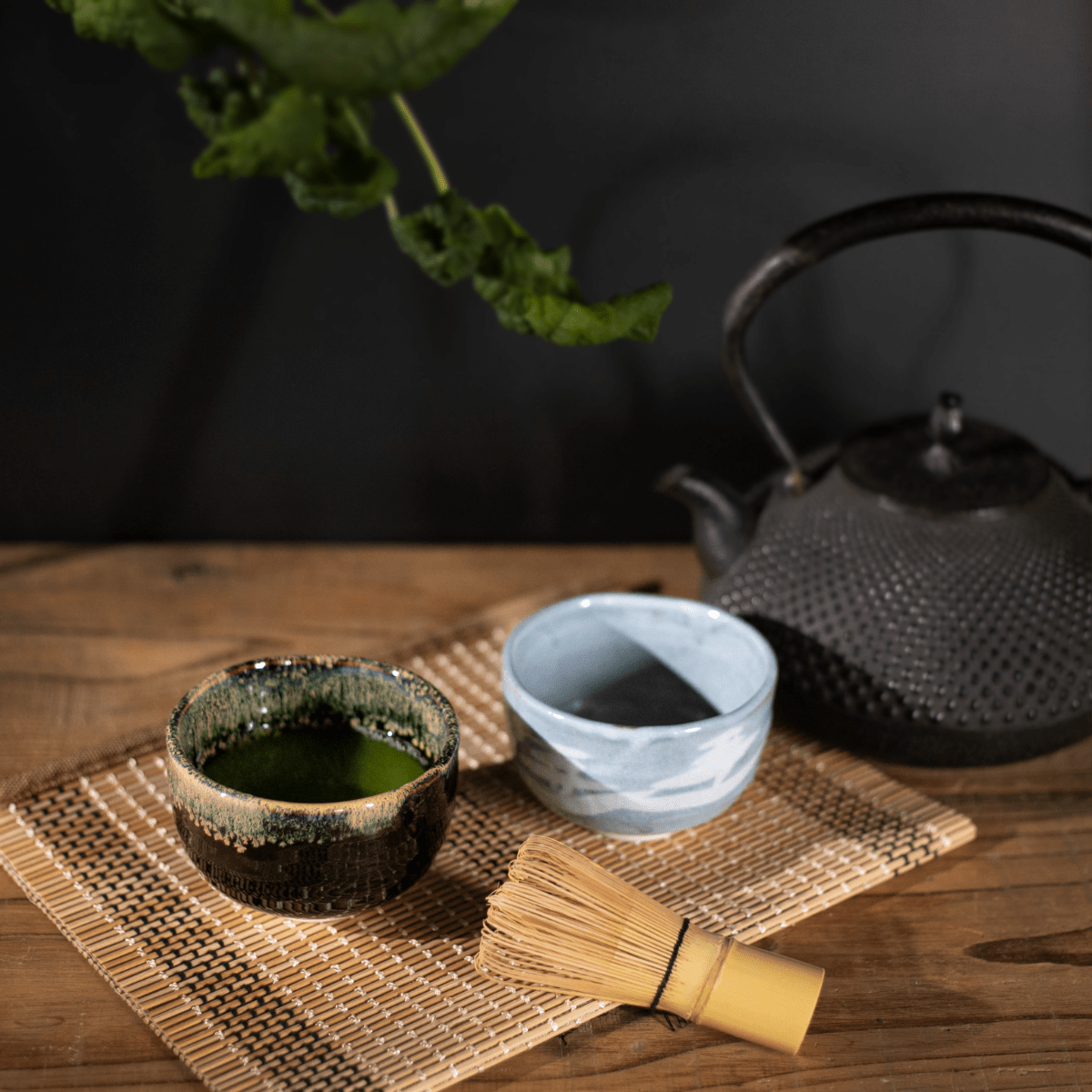
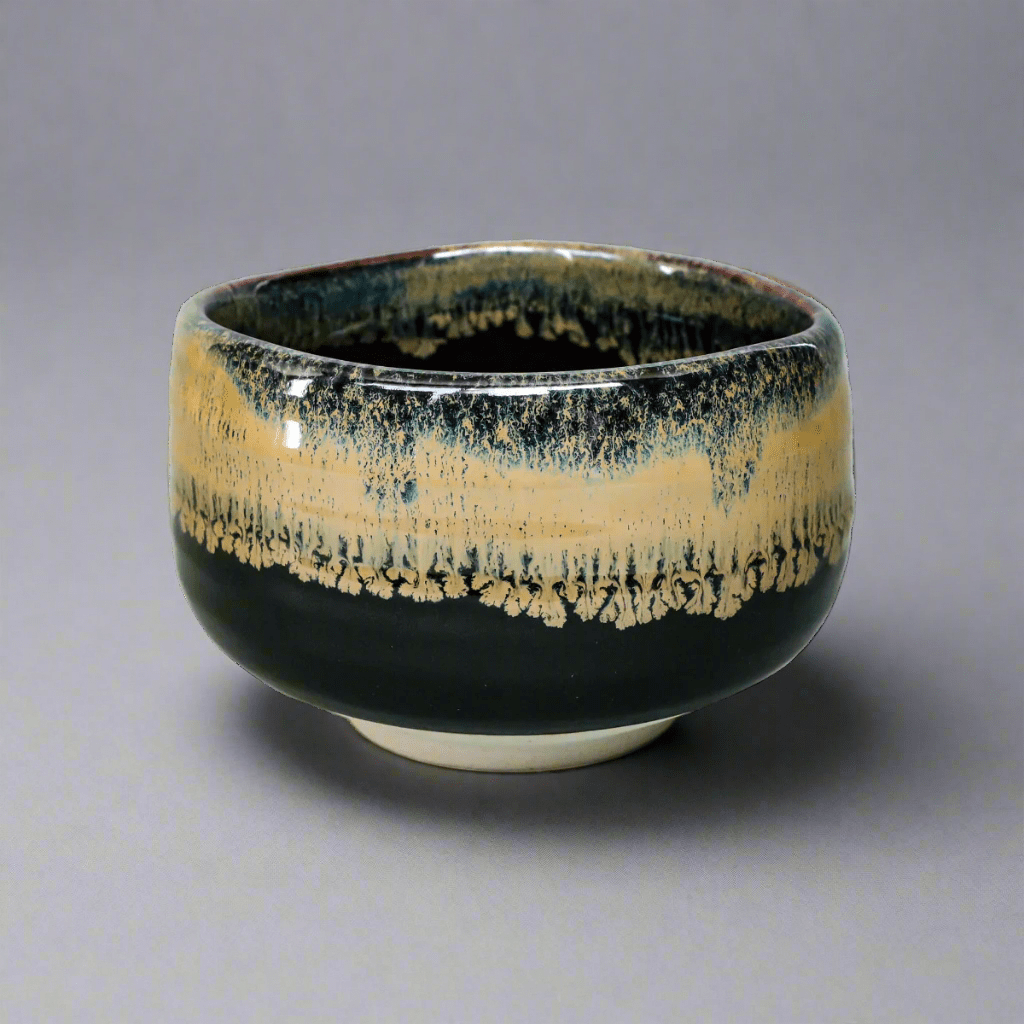
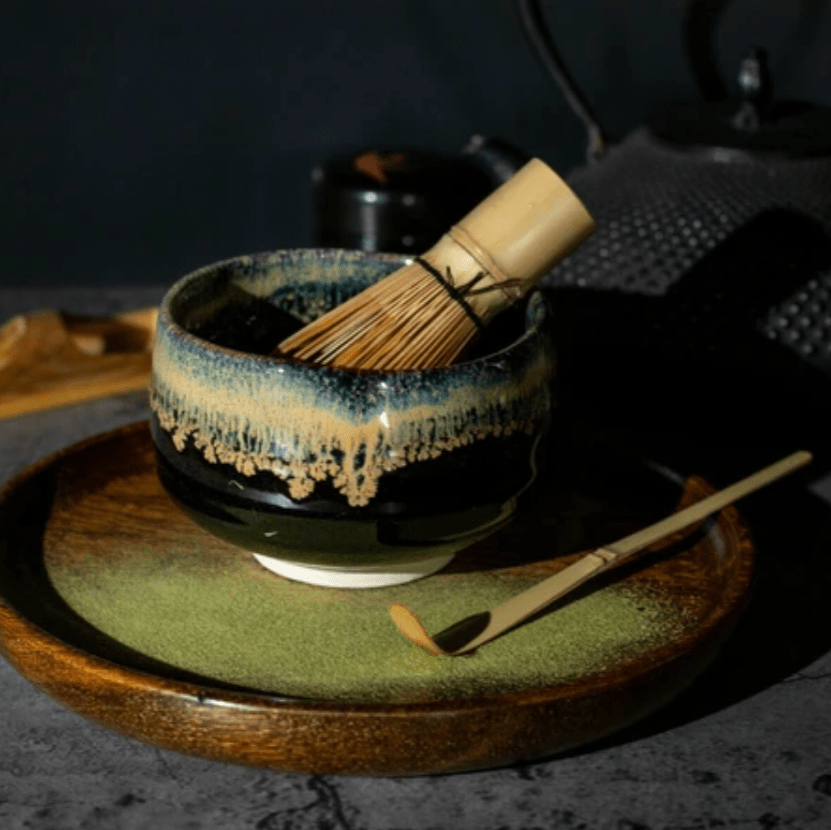
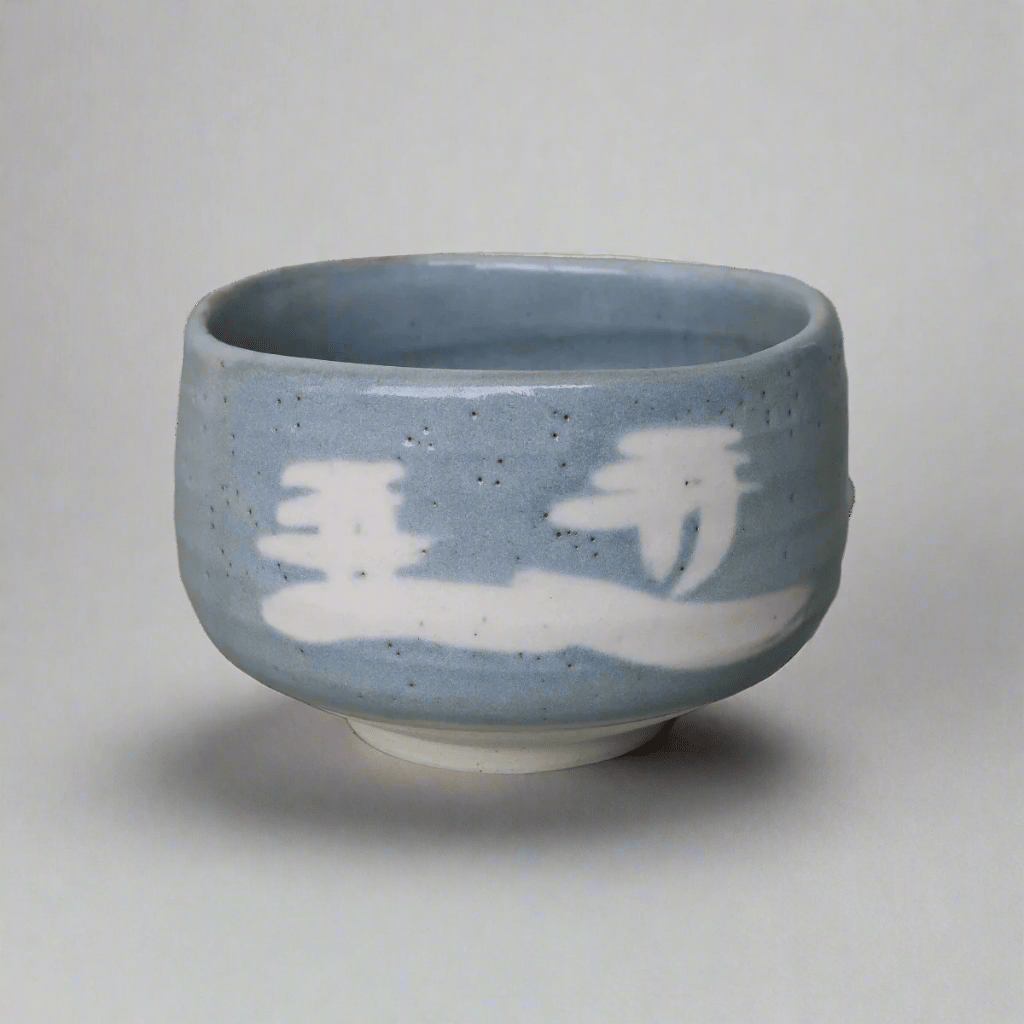
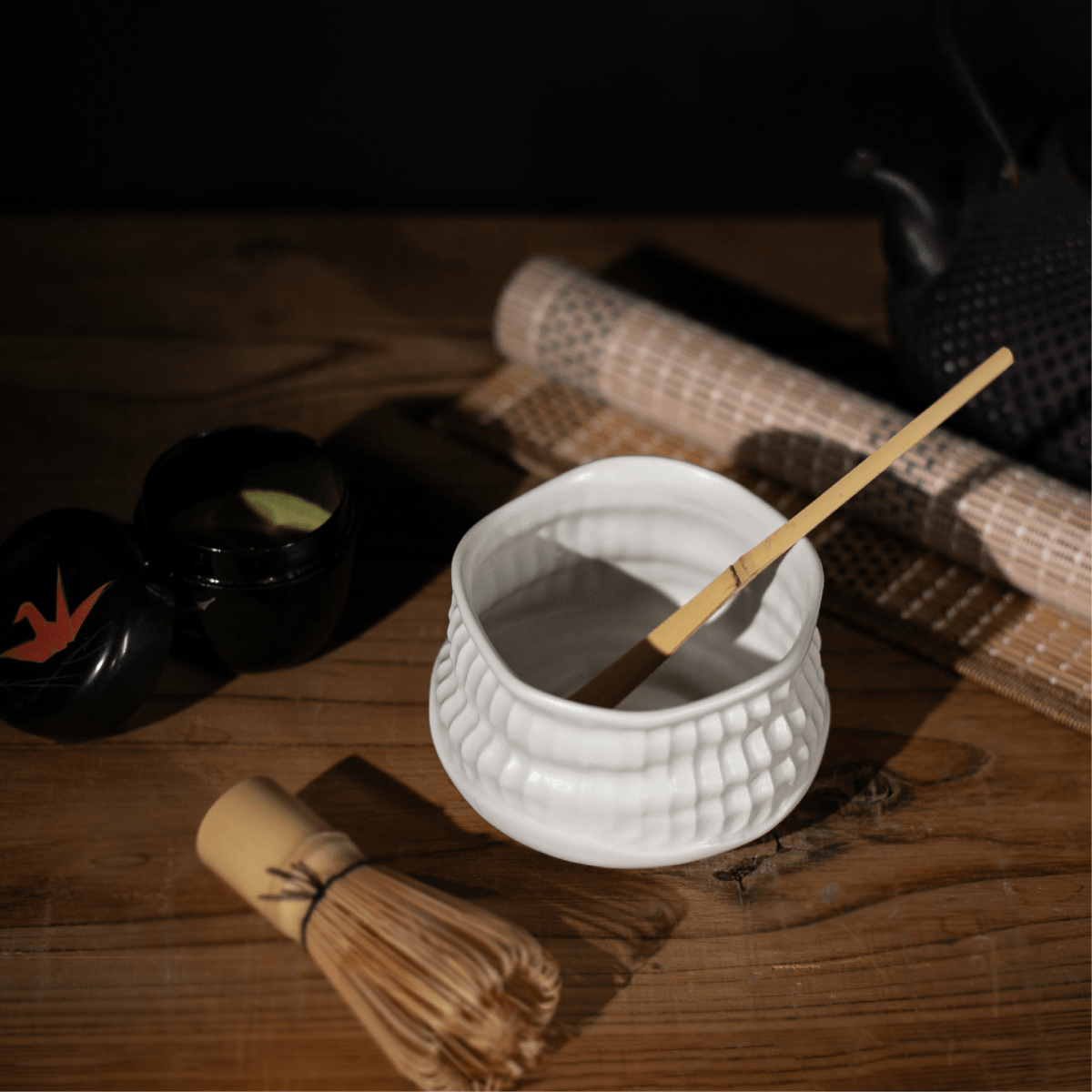
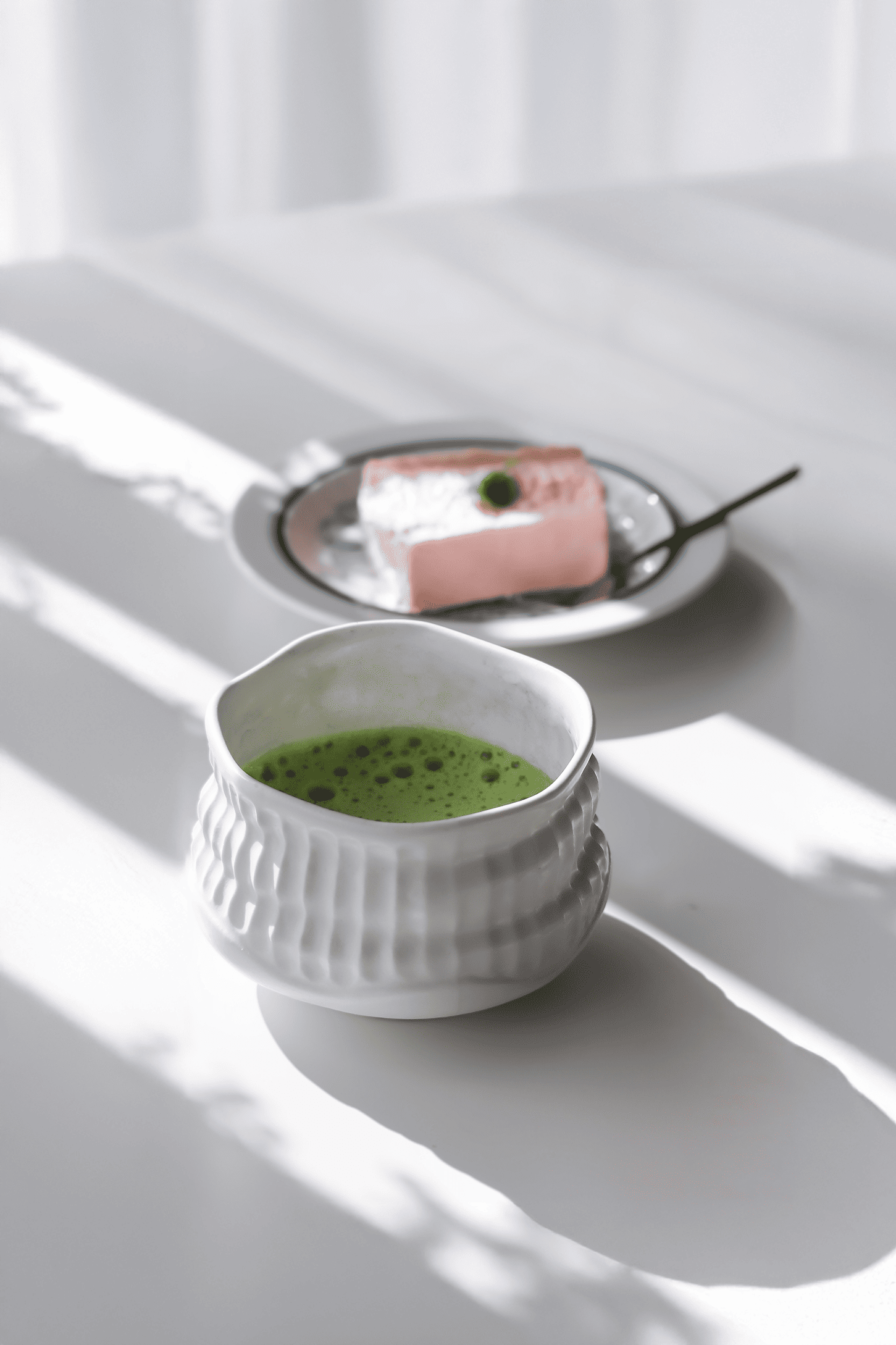
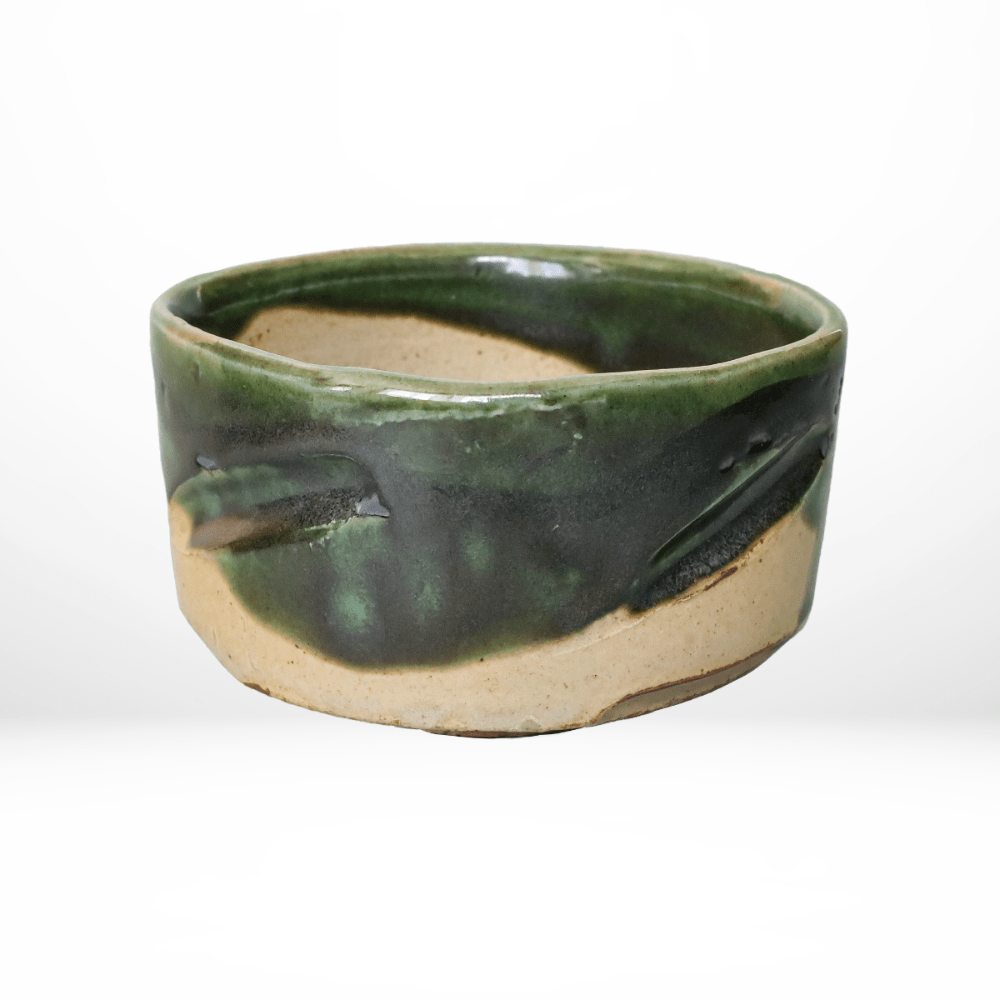
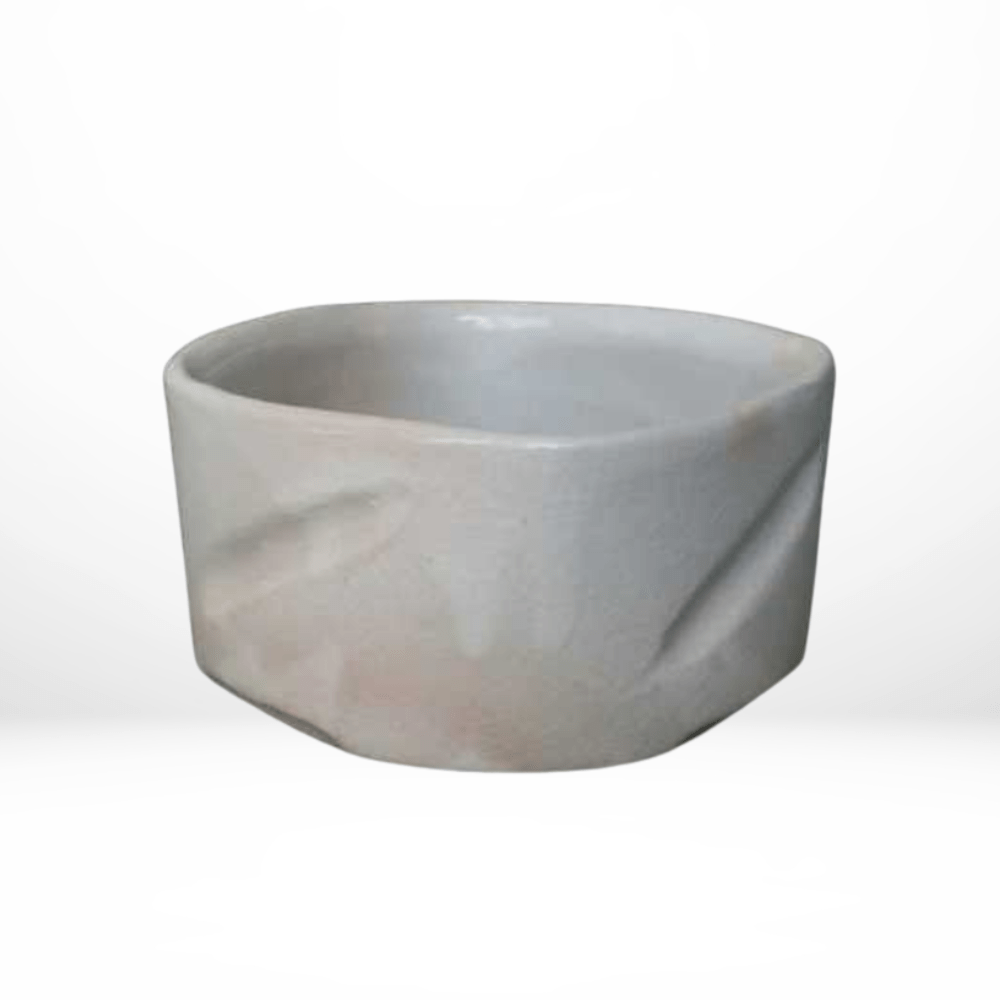
Share: